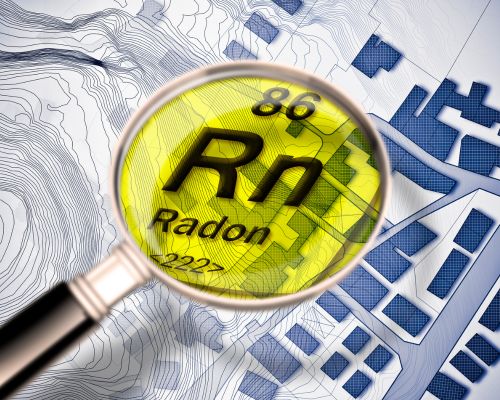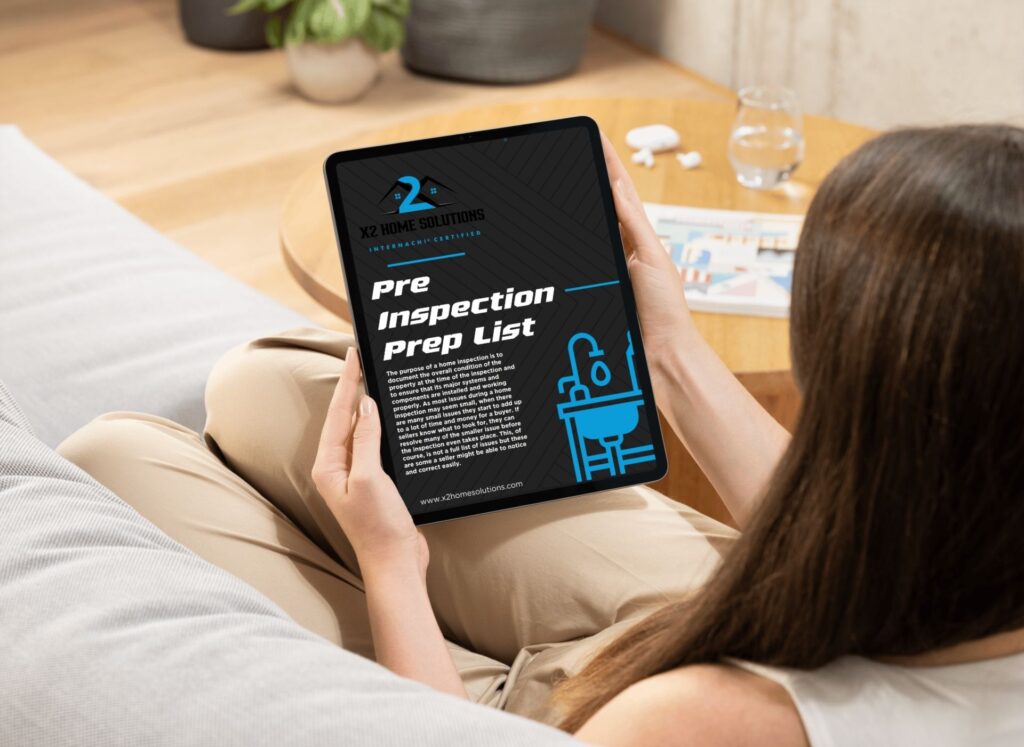Okay, so let’s talk about radon. It’s one of those things you might not think about, but it’s really important to know about, especially if you’re a homeowner.
Basically, radon is a gas that comes from the ground. Think of it like this: uranium, which is naturally in soil and rock, breaks down, and that breakdown process releases radon. Now, here’s the kicker: this gas is radioactive.
The bad news is, radon can cause lung cancer. And because it’s totally invisible – no smell, no color, no taste – you won’t know it’s there unless you test for it. It seeps into houses through cracks in the foundation, and it can build up to dangerous levels.
So, what can you do?
First off, get your home tested. You can buy a radon test kit at most hardware stores, or you can hire a professional to do it. It’s a pretty simple process, and it’s totally worth it.
If the test shows high levels of radon, you’ll need a mitigation system. The most common type is called sub-slab depressurization. Basically, they put a pipe and a fan in to suck the radon from under your foundation and vent it outside.
You can also try sealing up cracks in your foundation, but that’s usually not enough on its own. And, sure, you can open windows to get more airflow, but that’s just a temporary fix.
Honestly, it’s best to get a pro to install a mitigation system. They know what they’re doing and can make sure it works right.
And, of course, follow the guidelines from the EPA. They’re the experts on this stuff.
Really, the bottom line is: test your home. It’s a simple step that can make a big difference for your health.




